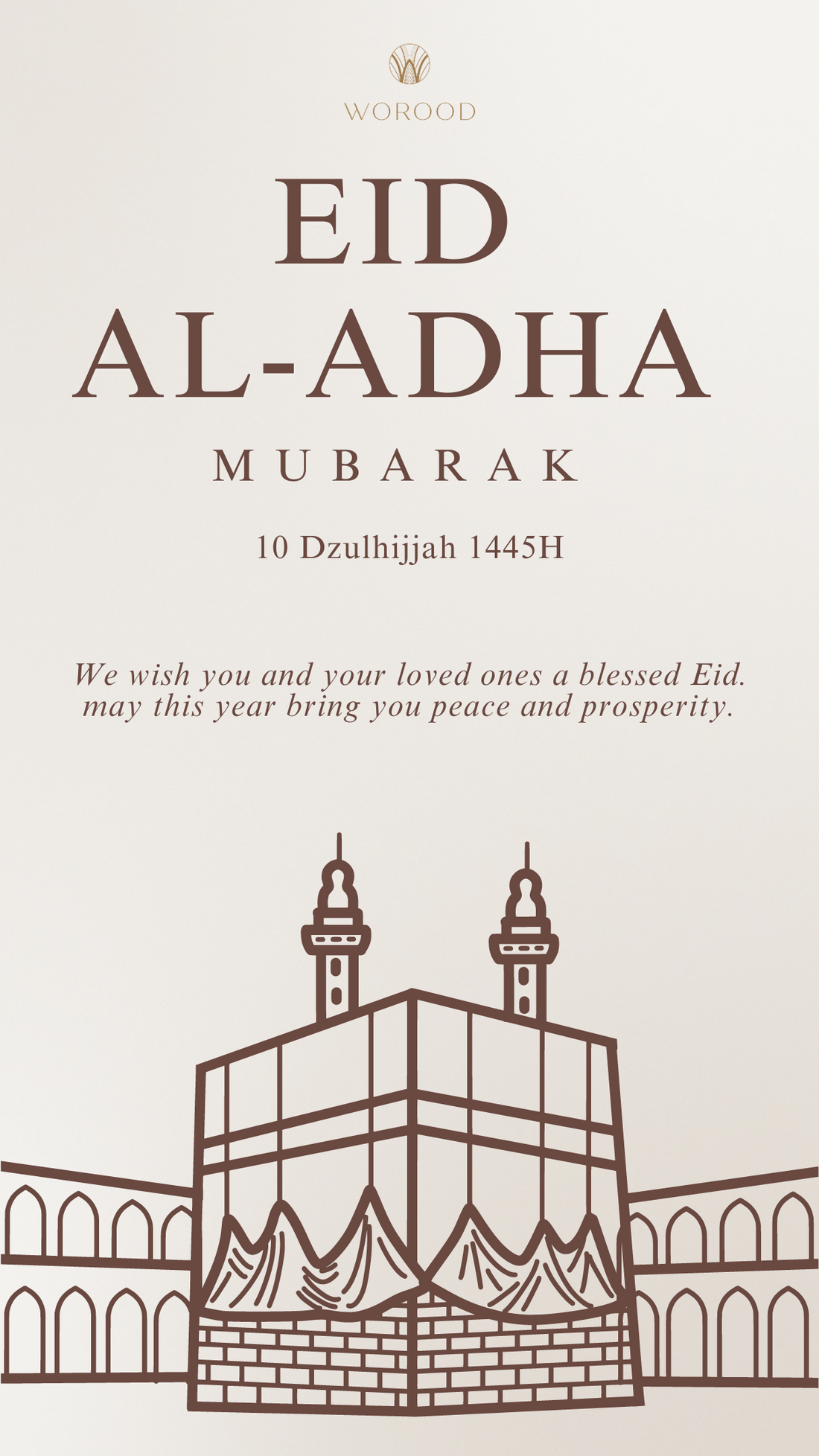
Everything You Need to Know About Eid Al Adha
As Eid Al Adha approaches, you’re likely making preparations, from buying new clothes to organizing your sacrifice.
These days mark a critical time in Islam and will give you a perfect opportunity to make duas and strengthen your family relationships.
Read on to learn more about Eid Al Adha.
The Story Behind Eid Al Adha
Eid Al Adha is dedicated to commemorating Prophet Ibrahim’s incredible devotion to Allah SWT. Allah SWT asked him to sacrifice his son, Ismail in a vision. As Prophet Ibrahim was about to complete his given duty, Allah SWT sent Gabriel Angel with a ram to replace Ismail.
For this reason, Eid Al Adha refers to the festival of sacrifice. Muslims from all over the world celebrate this holiday by slaughtering a goat, sheep, cow or camel after the Eid prayers. This act is also called Qurbani.
Understanding Dhul Hijjah
Dhul Hijjah lies on the last month of the Islamic calendar. This month is one of the most blessed. Why? Because it reminds you that Allah SWT has made you experience a whole Islamic year and to seek the coming one.
Many virtues and acts are associated with Dhul Hijjah that can help you maximize your blessings during this month. Some of them include:
- Fasting: The first nine days of Dhul Hijjah are the perfect fasting time.
Yom Arafat: What To Do
Yom Arafat falls on the ninth day of Dhul Hijjah. It’s one of the most significant days of Islam because it’s when the religion was perfected. Here are some ways you can make the most out of this day:
To Conclude
As Eid Al Adha draws near, seize the opportunity to participate in significant acts of worship and connect with loved ones, from performing Qurbani to enhancing family bonds.
Use this blessed time to enrich your faith, seek forgiveness, and amplify your spiritual blessings.
Don't forget to subscribe for our blog updates.


